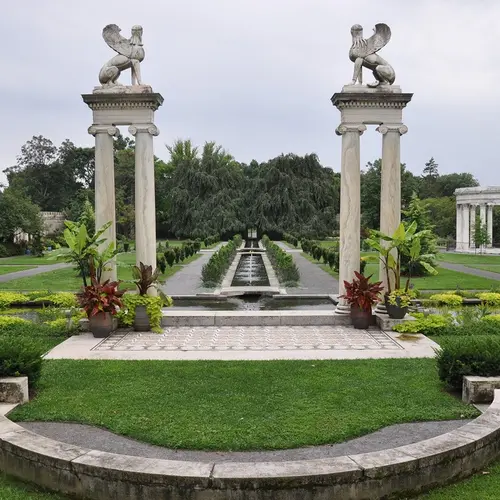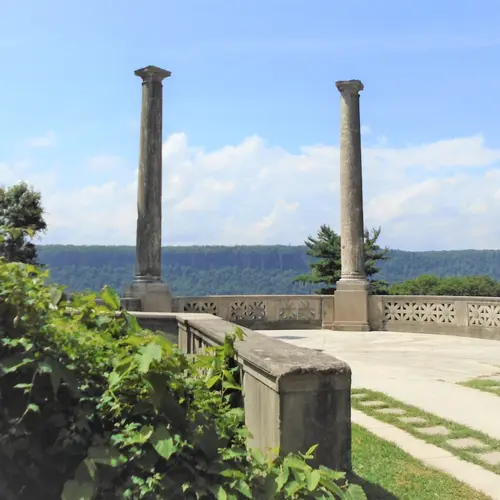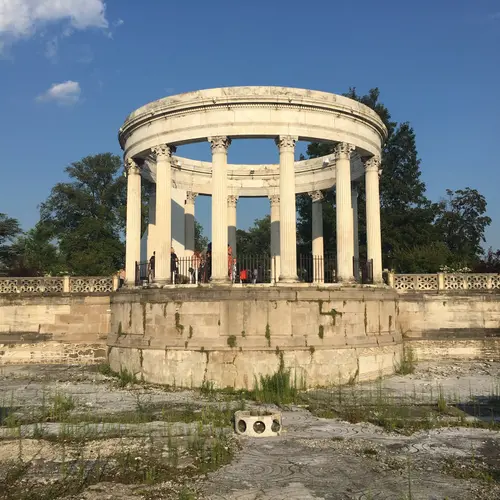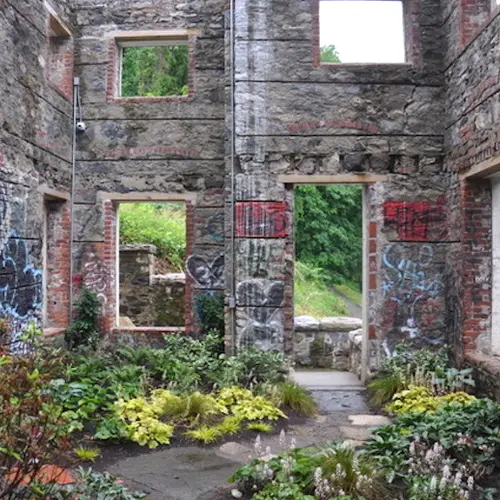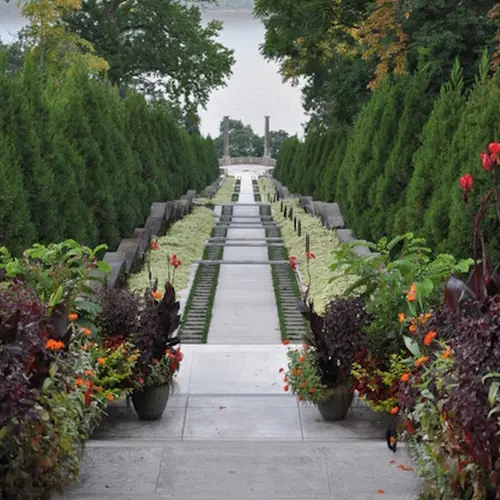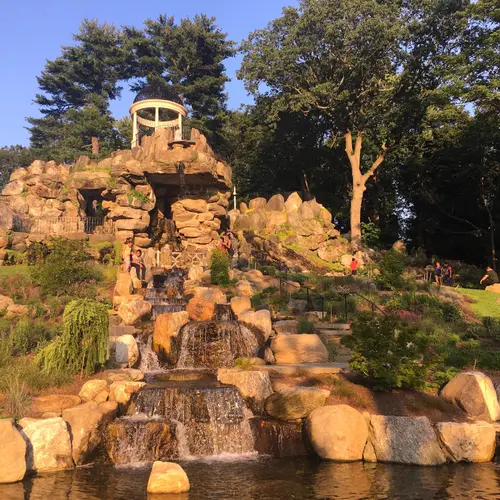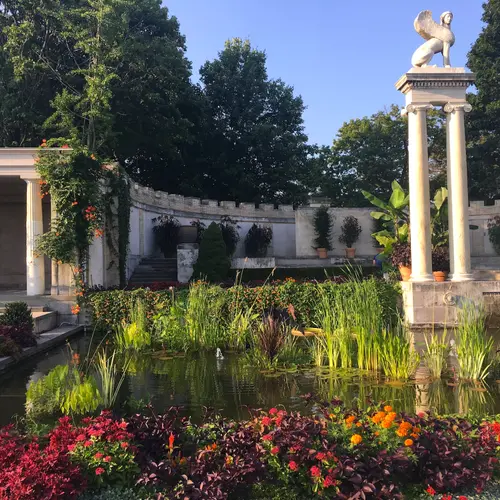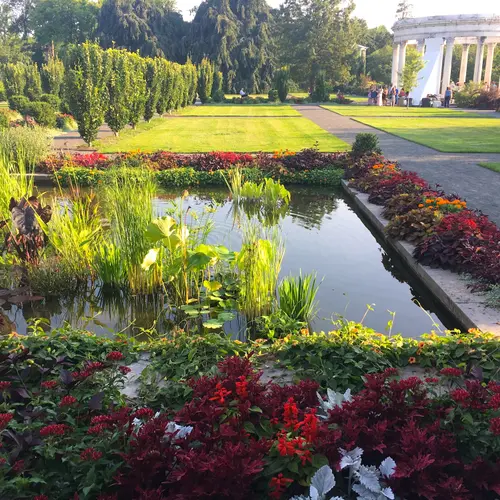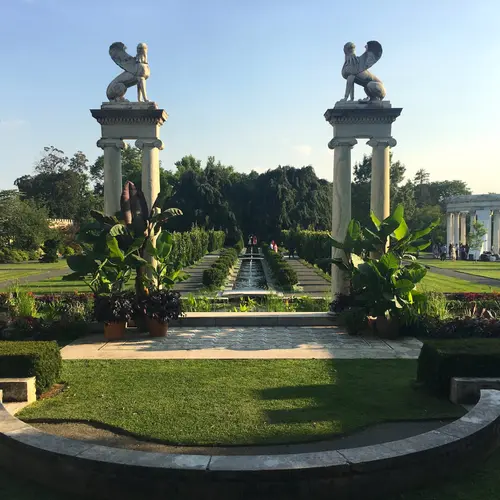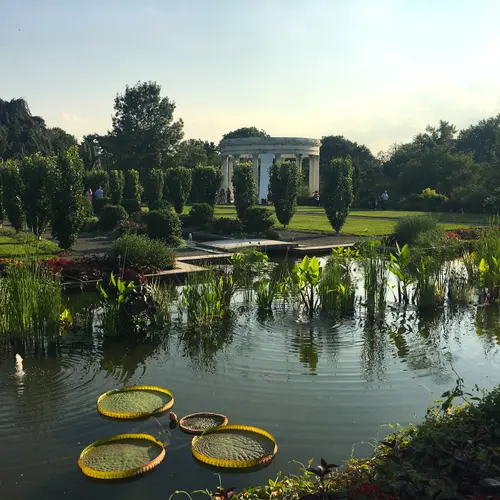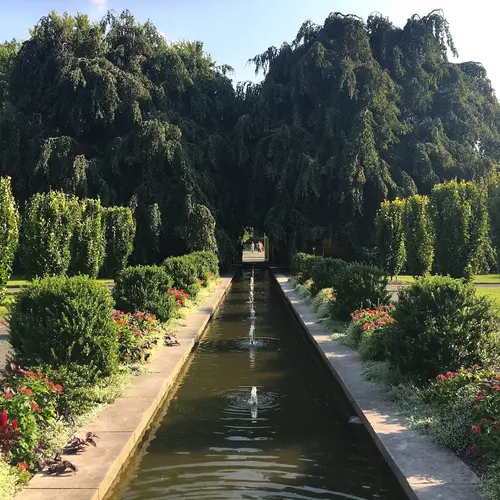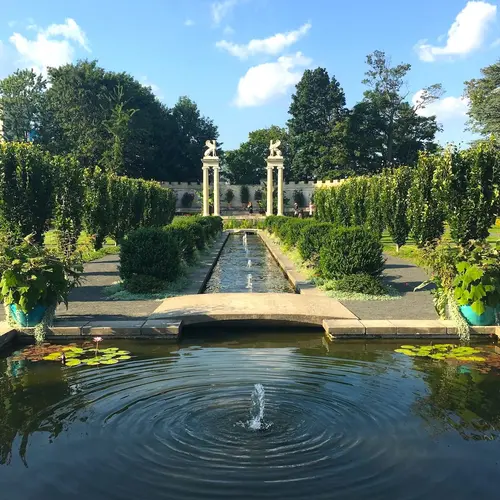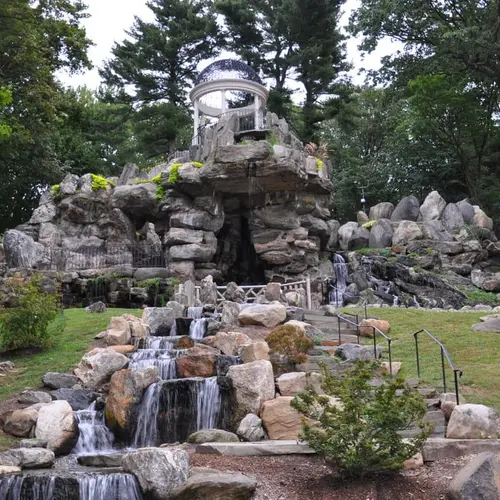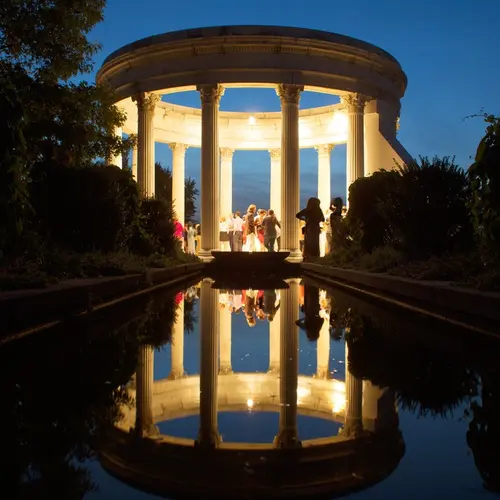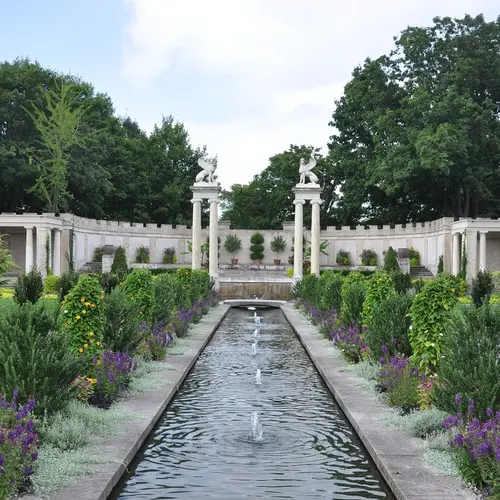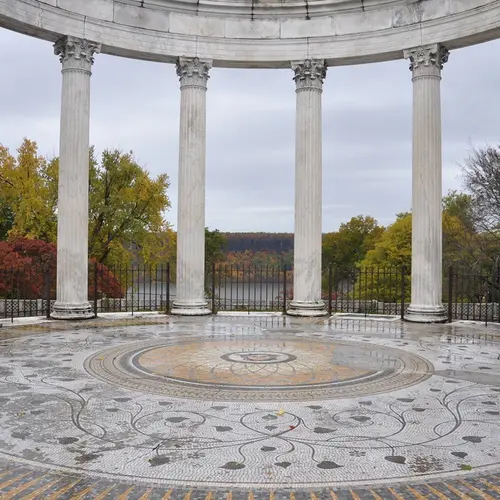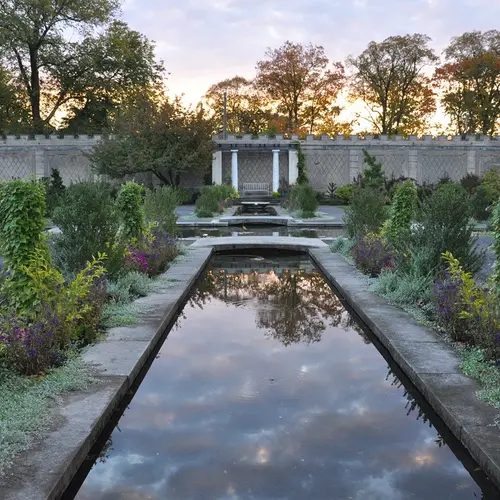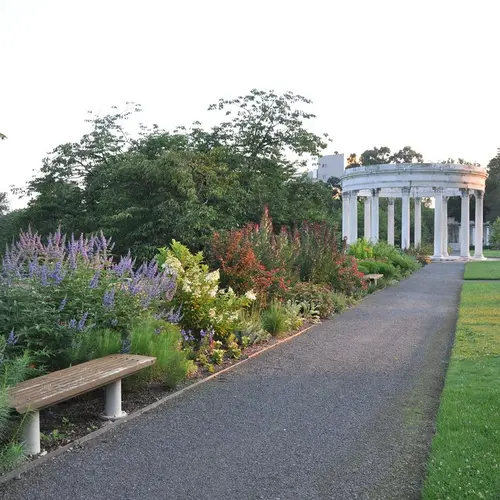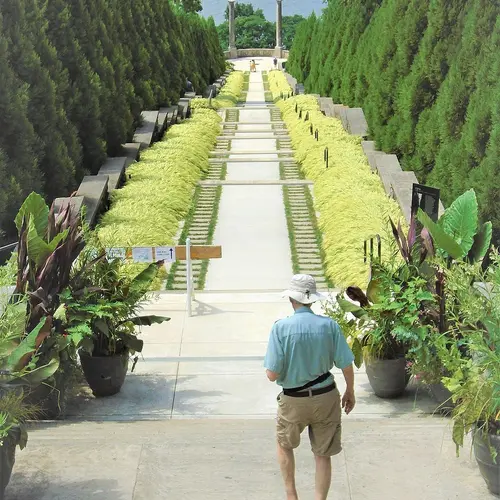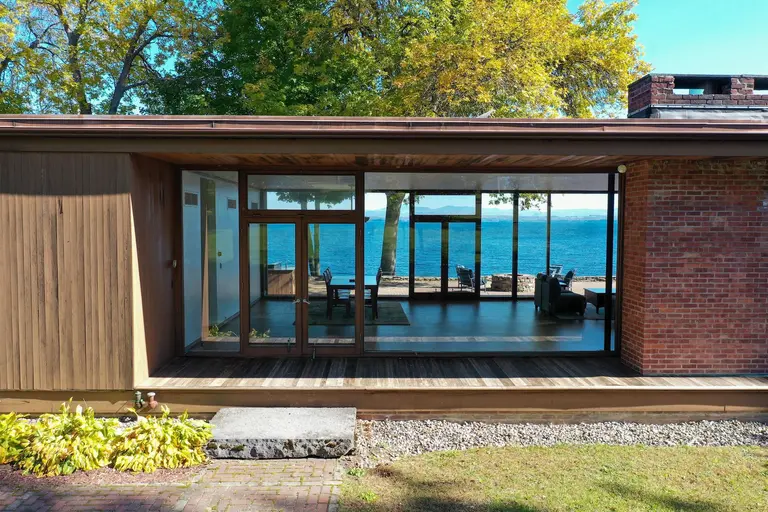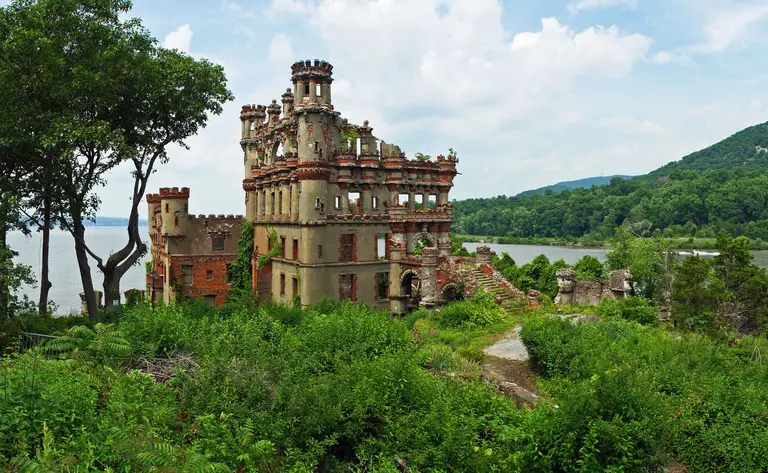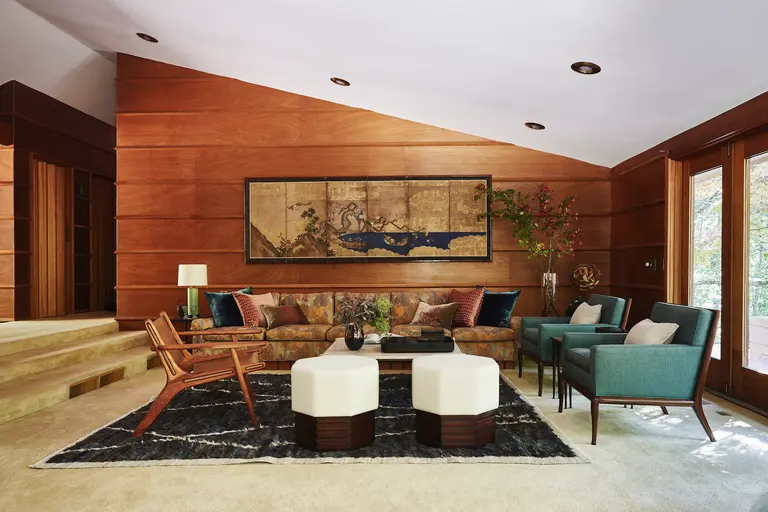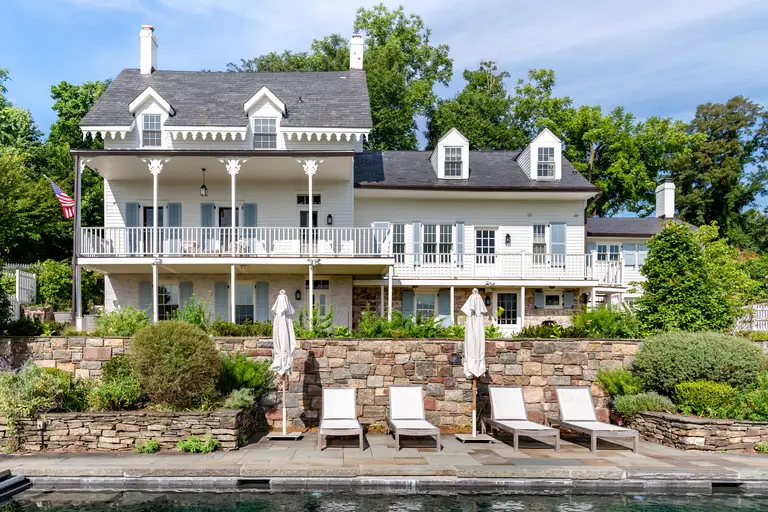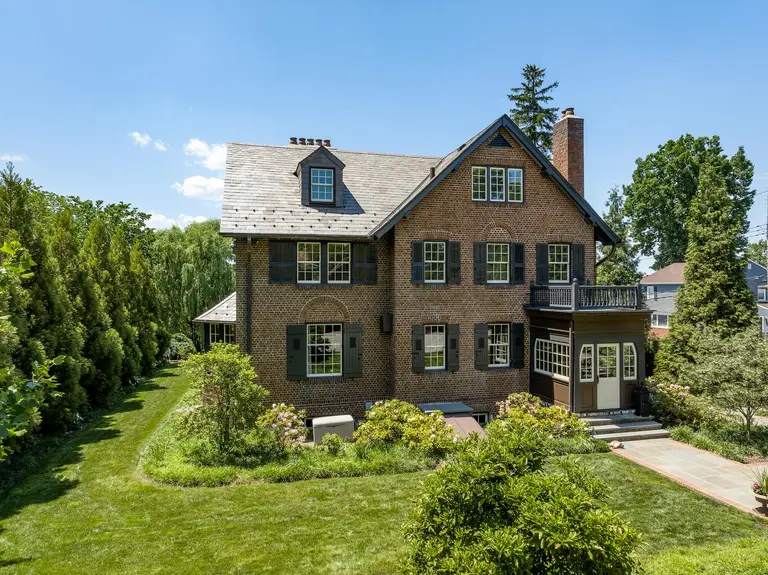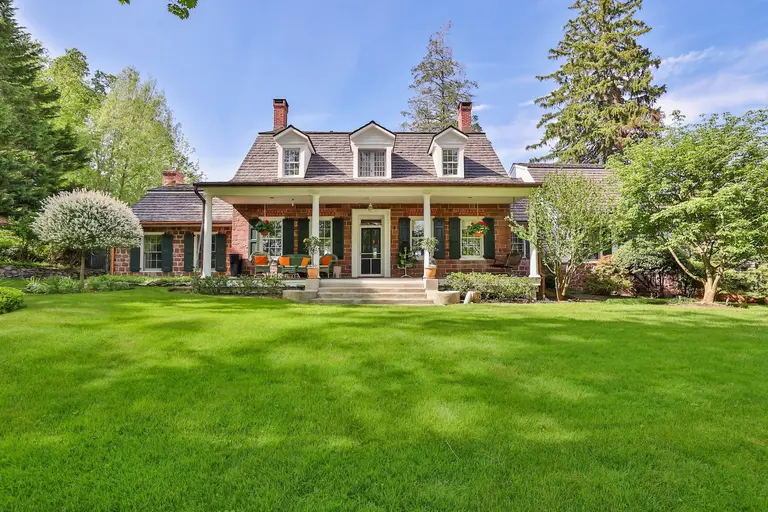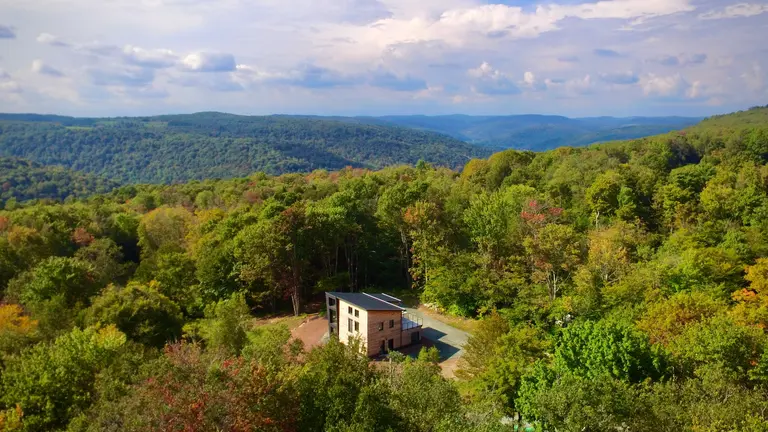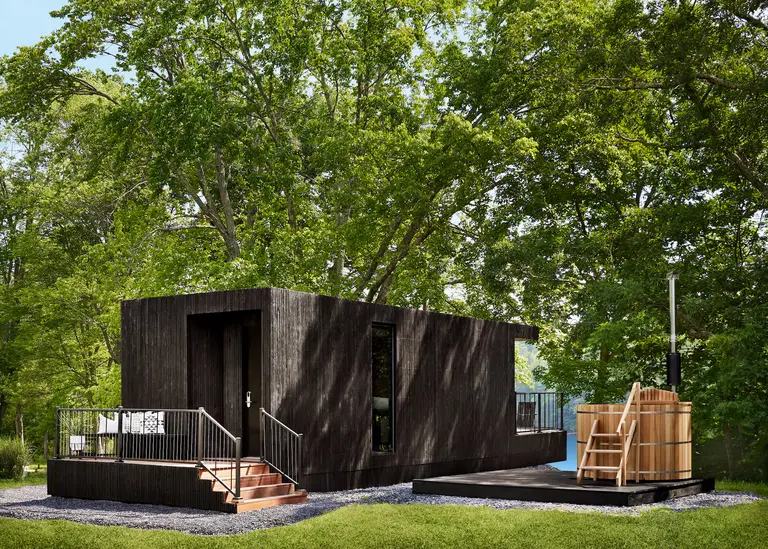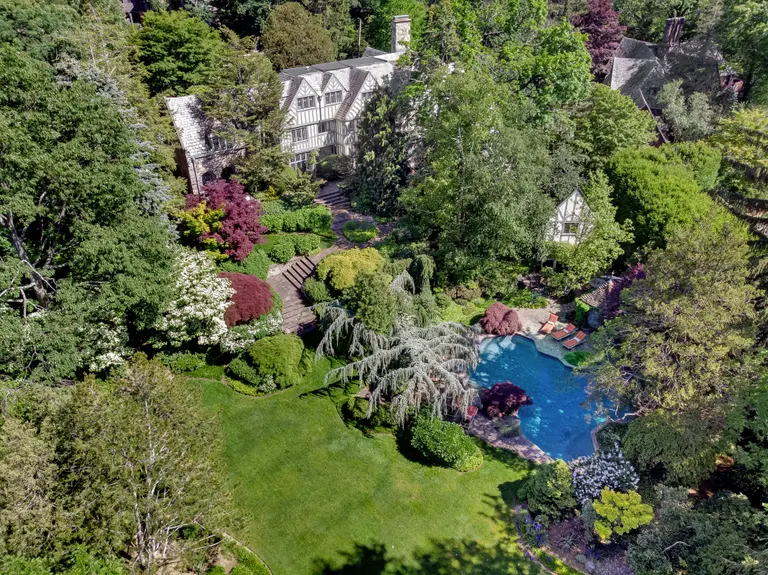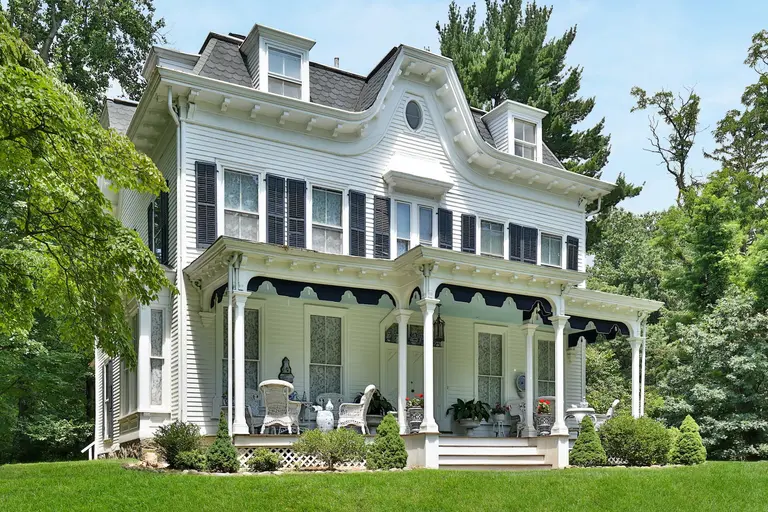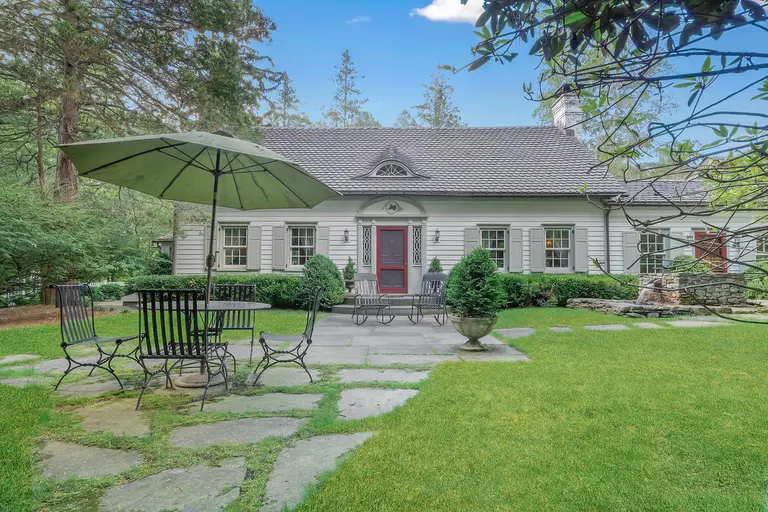Take a tour of Untermyer Gardens, one of the world’s finest Persian gardens, just north of NYC
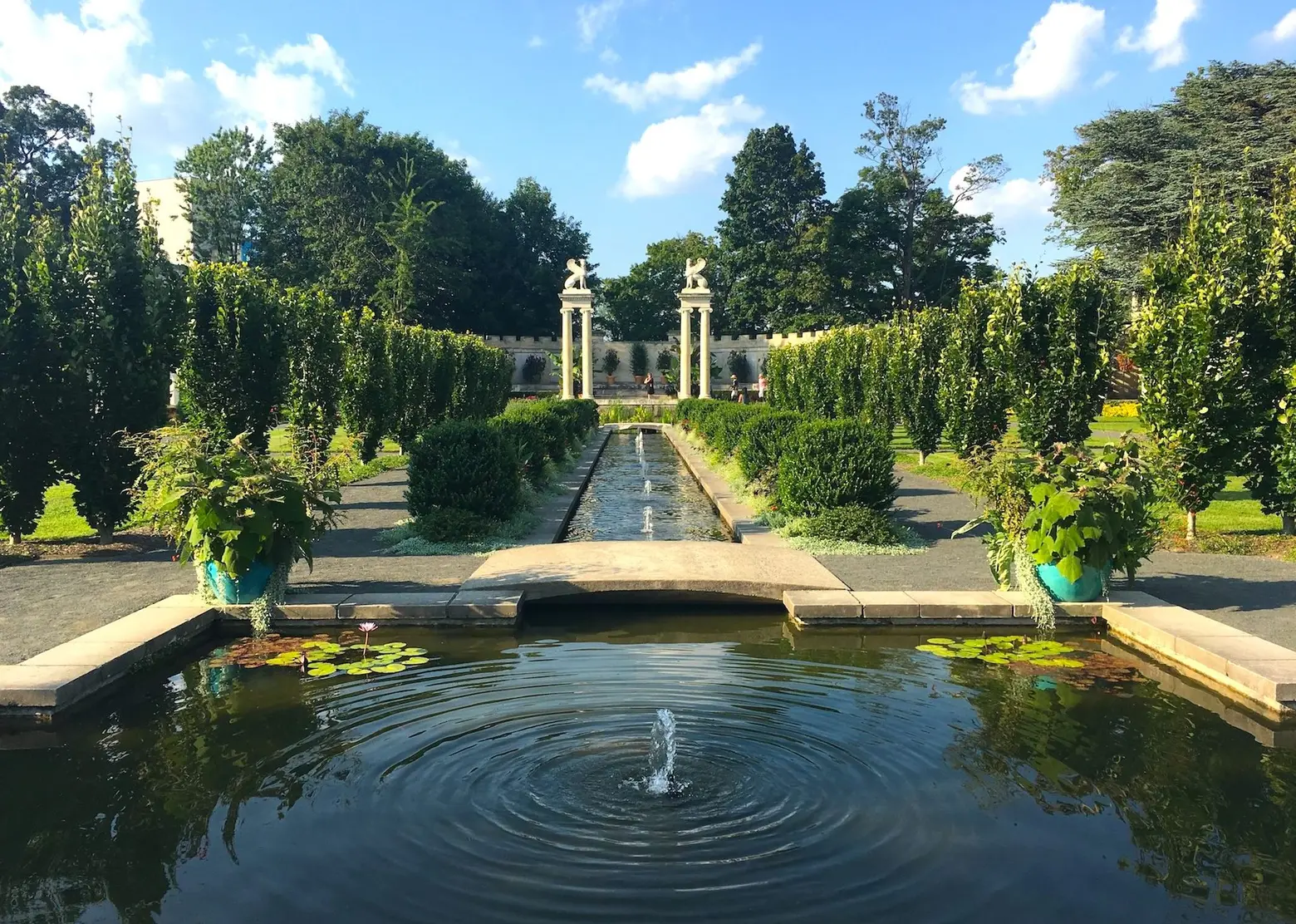
Photo © 6sqft
Located just over an hour from Grand Central Terminal on Metro North’s Hudson line, the renowned Untermyer Gardens is a 43-acre historic park in Yonkers that features a Persian Paradise garden, a small amphitheater, a classical pavilion, the “Temple of Love,” and a “Vista” staircase. The park was developed in the early 20th century by philanthropist Samuel Untermyer, who purchased the estate in 1899. For 40 years, Untermyer transformed the sprawling greenery into some of the most acclaimed gardens in the United States, known today as “America’s Greatest Forgotten Garden.” Following his death, the property was not well maintained and fell into disrepair. For the last ten years, the Untermyer Garden Conservancy has worked to restore the site to its former glory and to provide a beautiful public space for all.
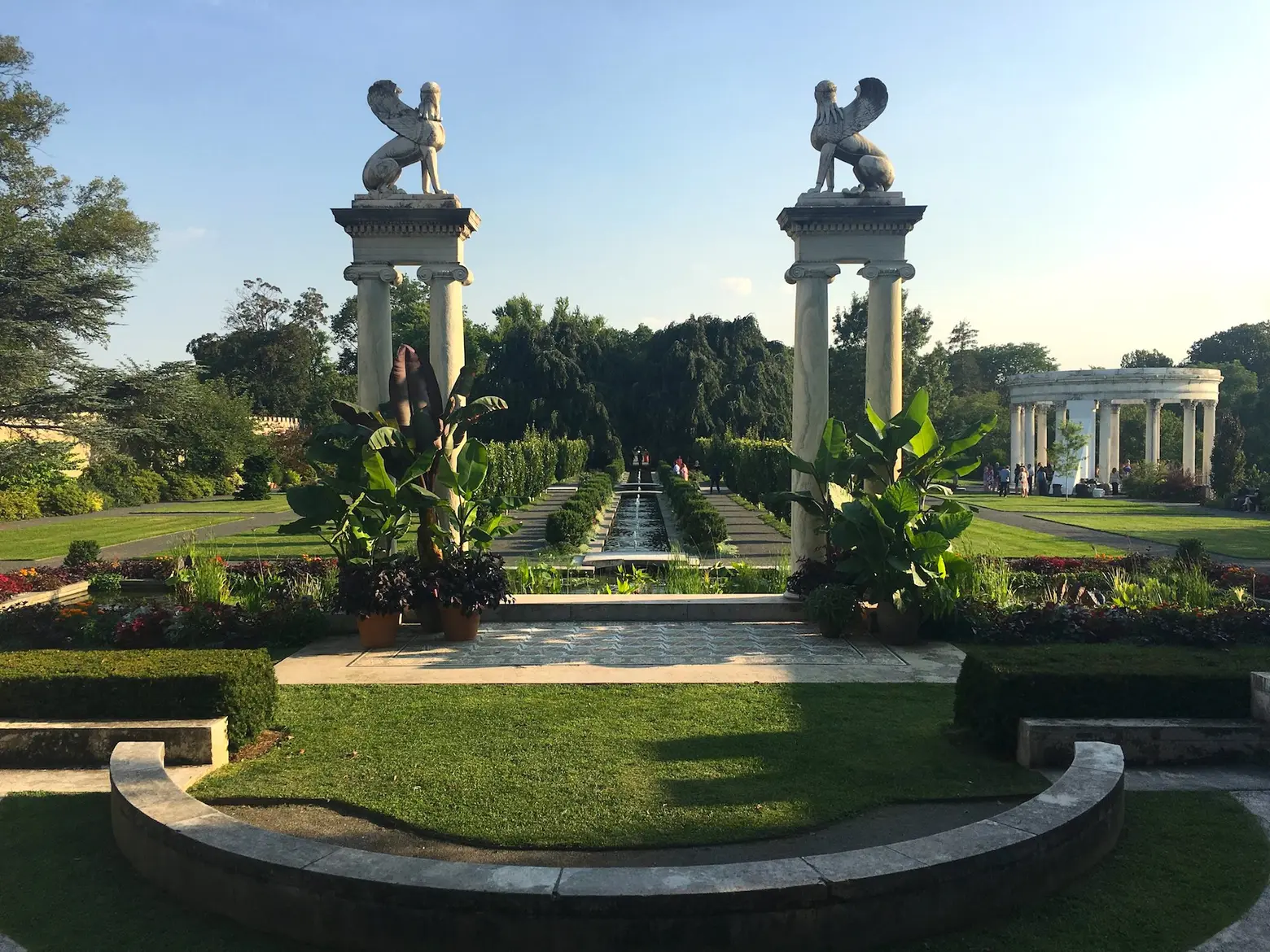
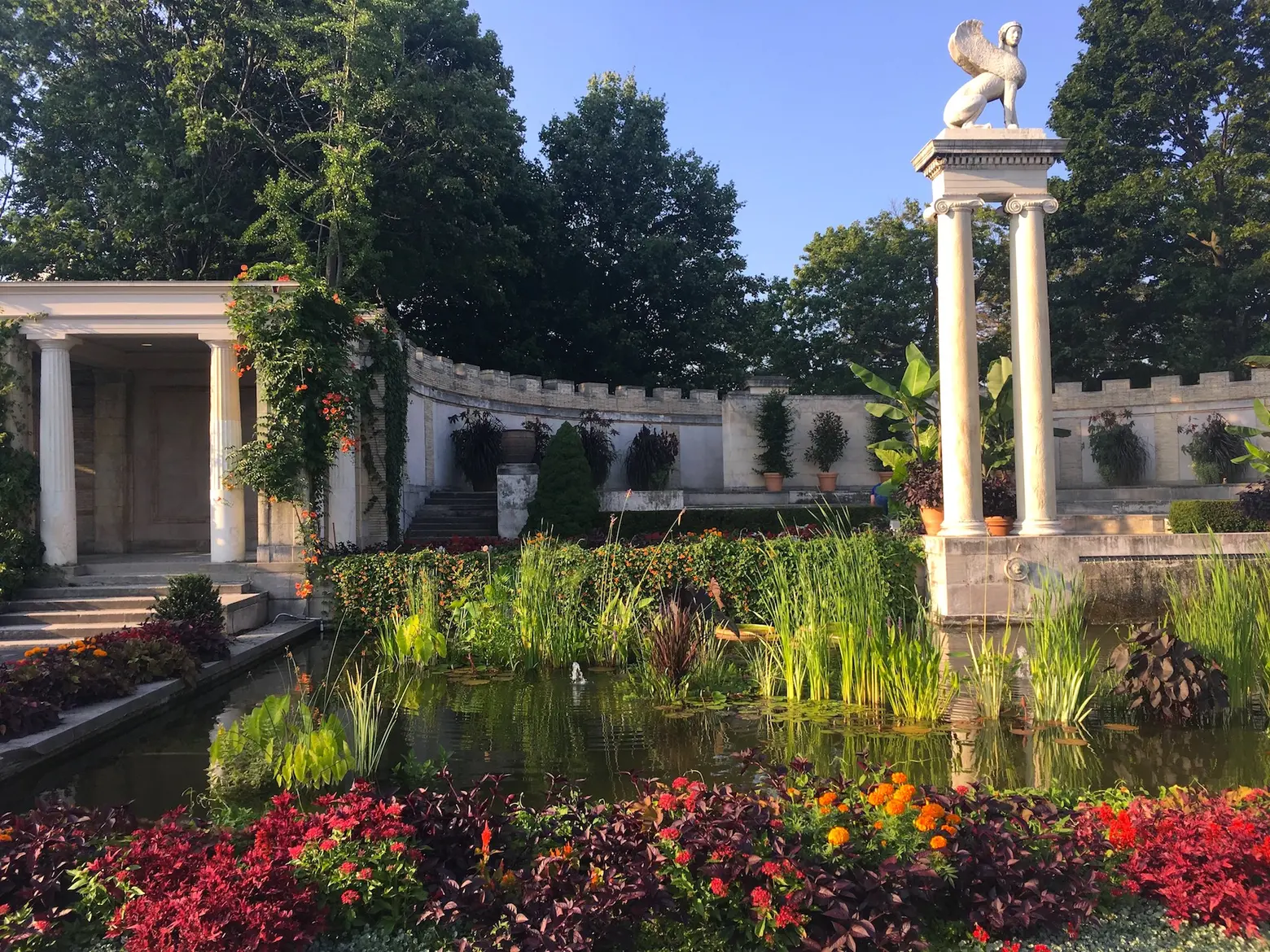
The park was originally part of a larger 150-acre estate called “Greystone,” first set up by a hat manufacturer John Waring in 1864. Following his death, Waring sold the estate to Samuel Tilden, the governor of New York from 1875-1876 and failed Democratic presidential candidate. Tilden died at Greystone in 1886 and the property was later purchased by lawyer and civic leader Samuel Untermyer.
According to the New York Times, Untermyer earned his fortune first as a mergers specialist, then later fought against corporate trusts, subway fare increases, and anti-Semitism.
In 1916, he hired Beaux-Arts architect Welles Bosworth to design the elaborate, 150-acre gardens, which overlooked the Hudson River. During the 1920s and 1930s, they were open to the public once a week for special events, like exhibits featuring Untermyer’s famous chrysanthemums and tulips. According to the Conservancy, 30,000 people once visited in 1939 for a flower show.
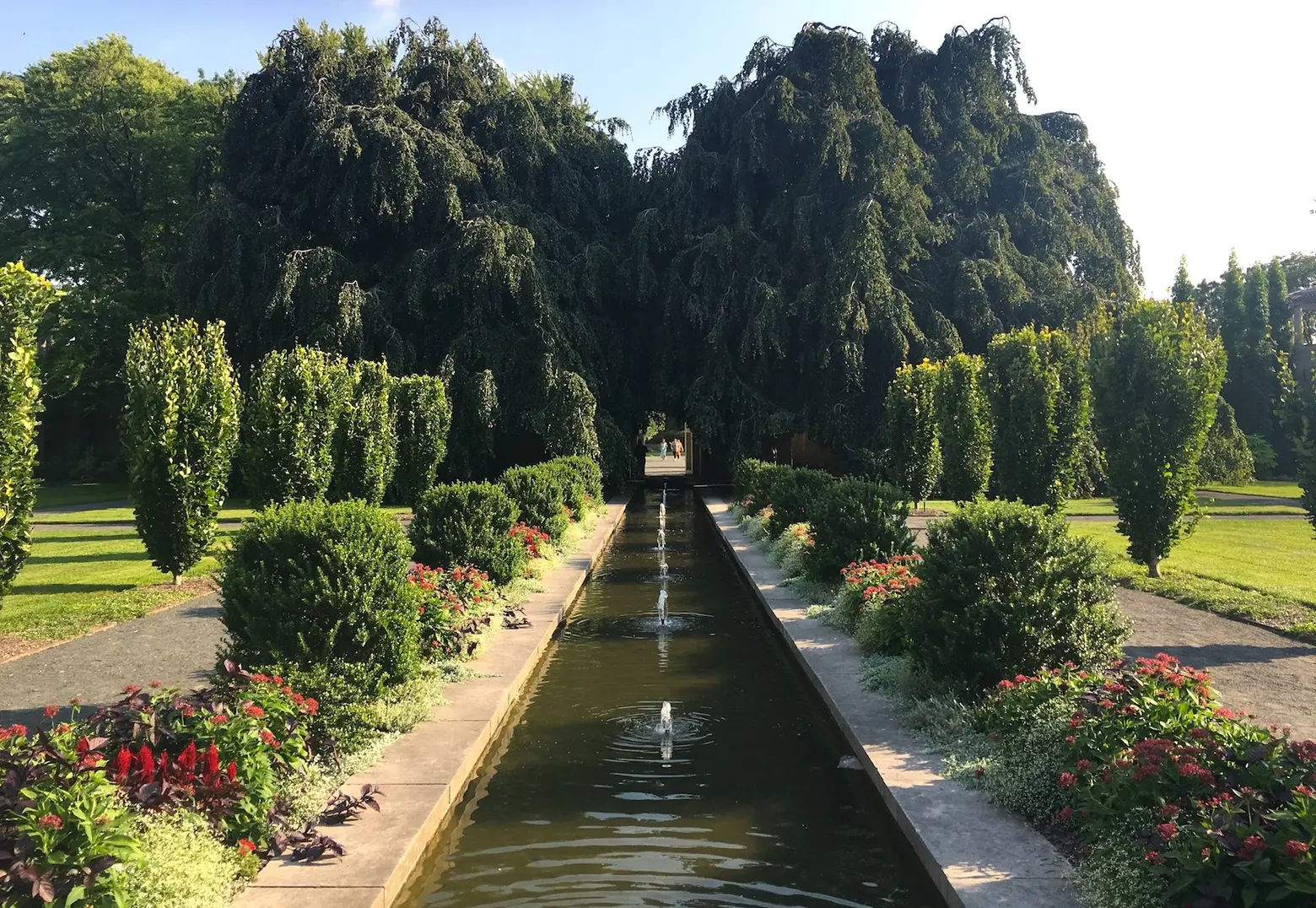
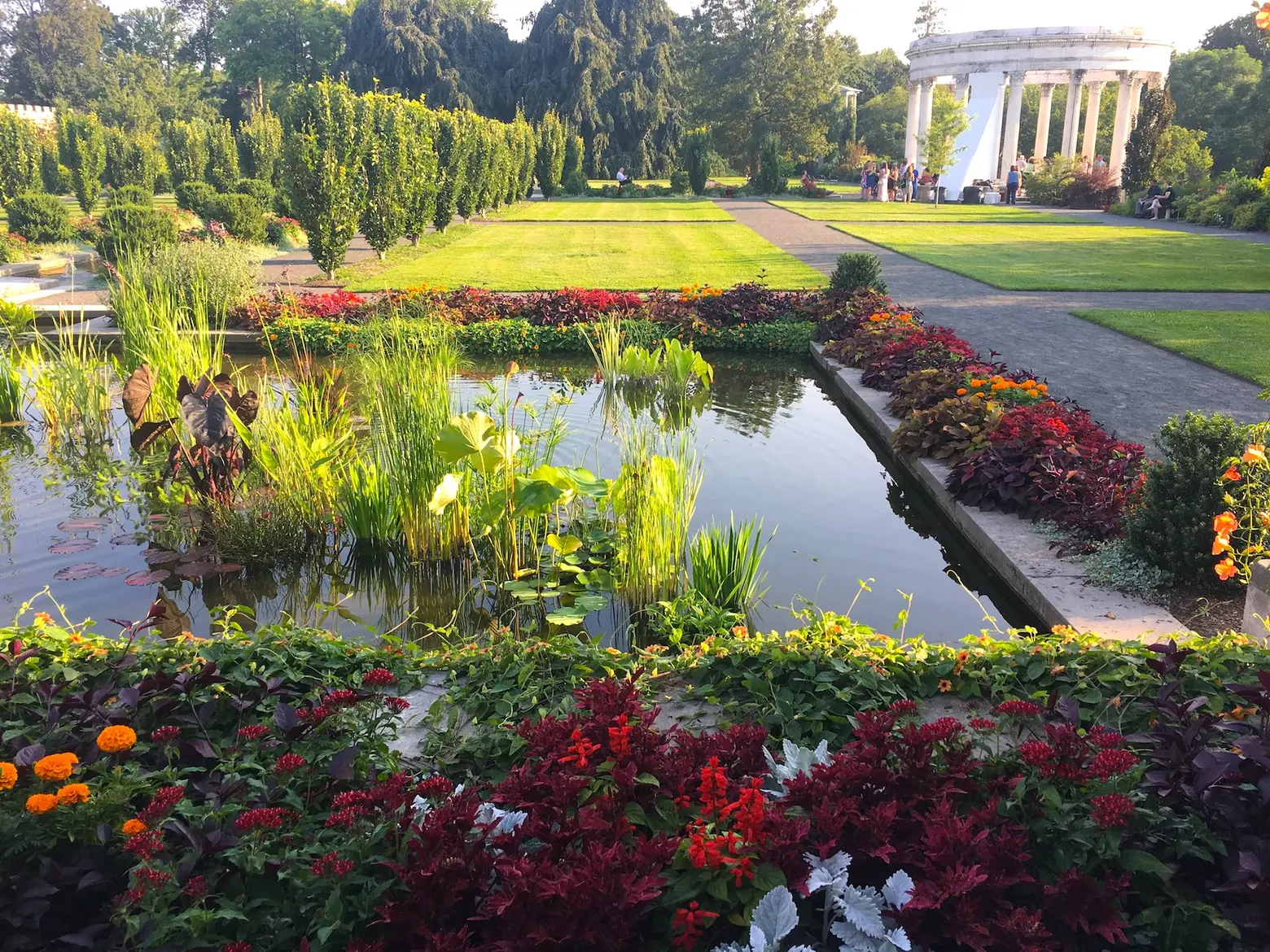
The main feature of the park is an Indo-Persian walled garden that has classical Greek structures, extensive mosaics, and figurative sculptures. Divided into four quadrants, the walled garden is meant to mimic a religious paradise on Earth, including four reflecting pools representing ancient rivers and the elements earth, air, fire, and wind.
Along the four waterways, there are Japanese hollies, and in the summer, brightly colored tulips. The open-air amphitheater includes a mosaic tile stage, based on a wall fresco found in the ancient city of Tiryns believed to date back to 1400-1200 BCE.
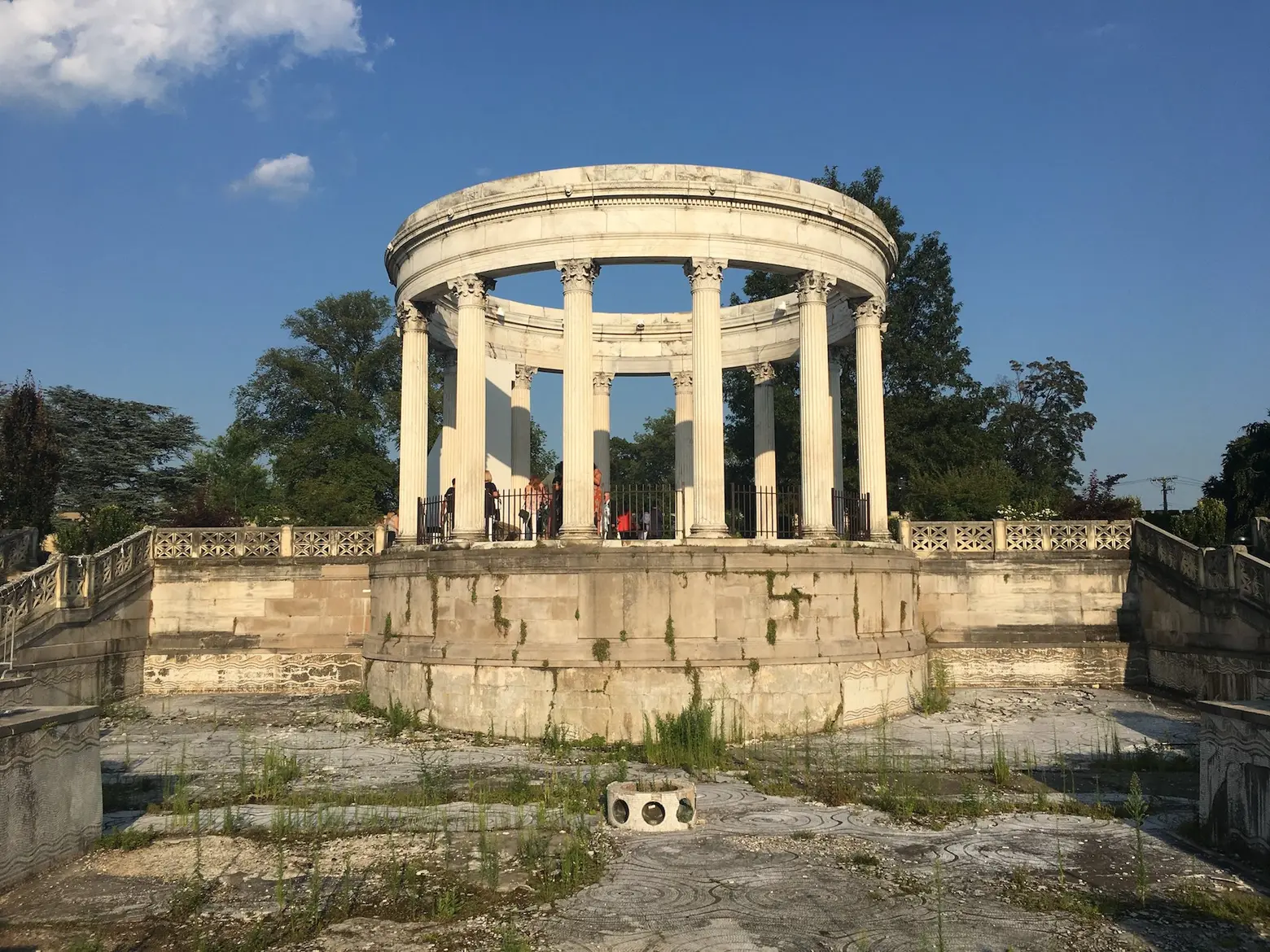
The lower terrace of the walled garden is the Persian Pool, which once served as a grand swimming pool for Untermyer’s family but is now in decay. The Conservancy is working to transform the space into a shallow reflecting pool with mosaics that match the original design. The $2 million restoration of the Persian Pool is planned for next year.
At the base of the pool is the Temple of the Sky, the circular open-air amphitheater with Corinthian columns. The structure is currently undergoing a restoration to replace deteriorated marble and to add waterproofing strips.
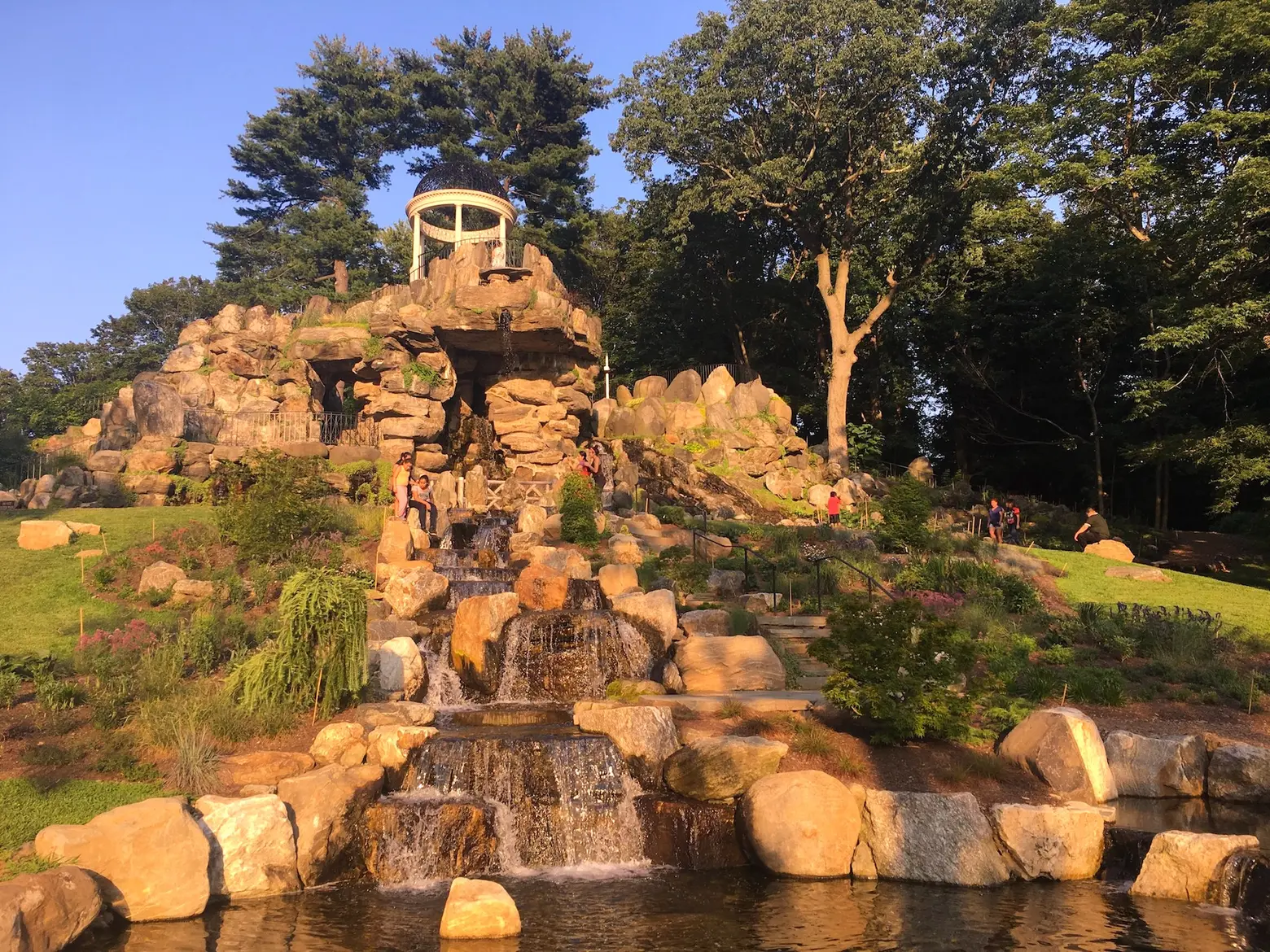
Nearby, accessed by bridges and tunnels, the Temple of Love overlooks the Hudson River and the Palisades and includes rocks and a water feature, topped with a round temple. There are three bridges in the stone and a small sitting area.
Over the last few years, the Conservancy has also rebuilt Untermyer’s Rock Garden, which now extends to the lower basin of the Temple of Love. Aptly now called the Rock and Stream Garden, a stream runs through the stones.
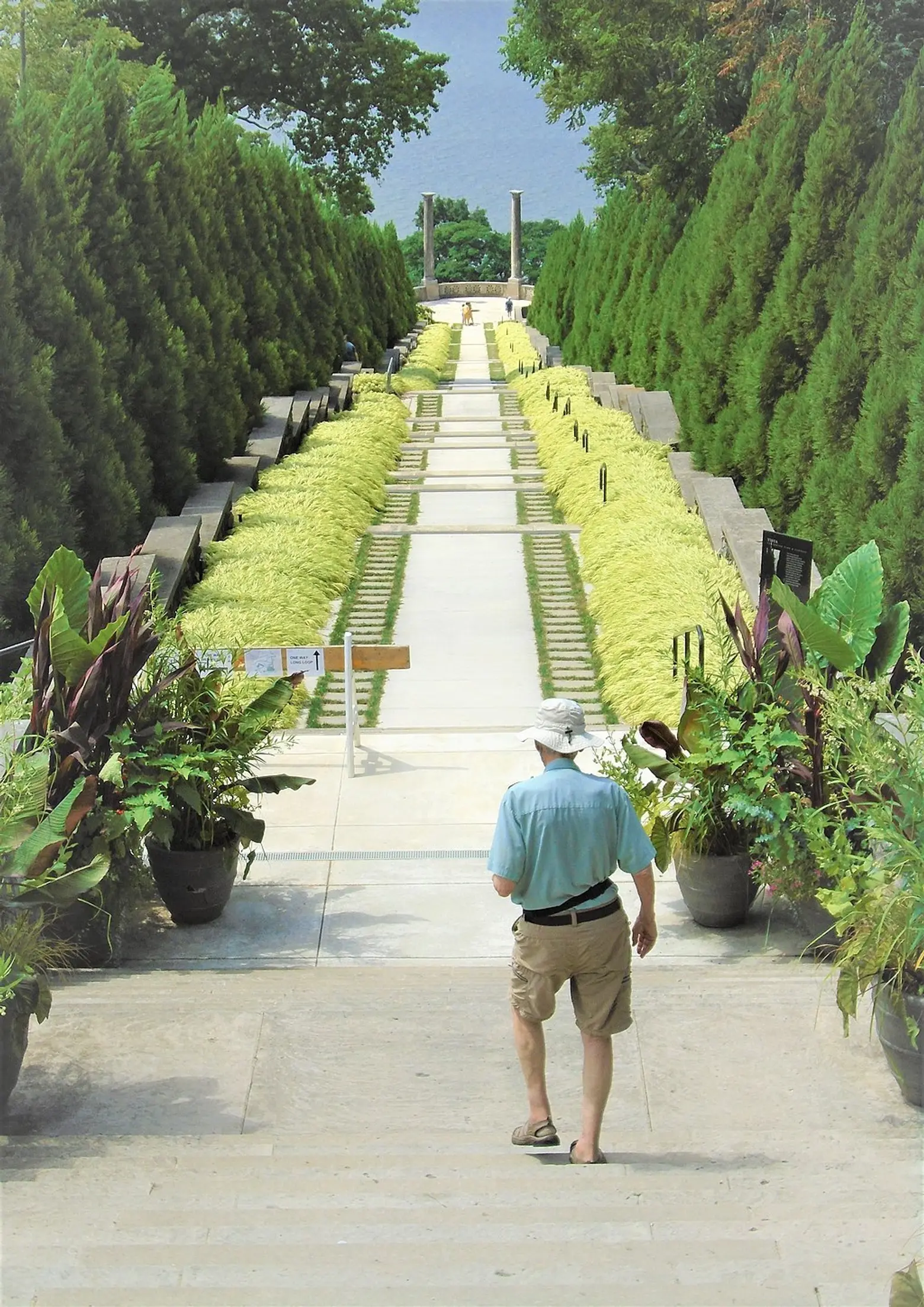
Photo of The Vista by Beyond my Ken on Wikimedia
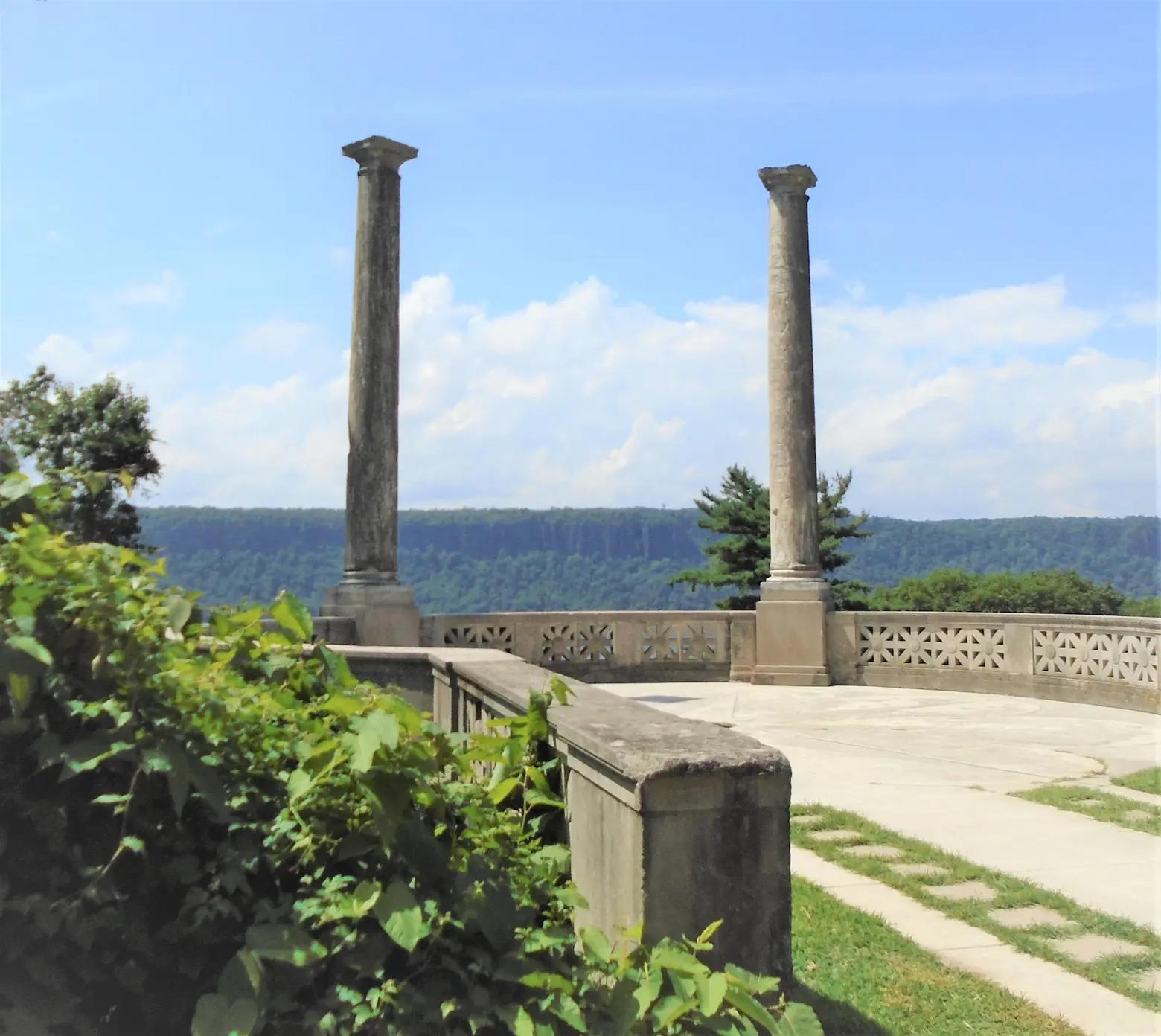
Photo of The Overlook by Beyond my Ken on Wikimedia
The garden’s Vista was modeled after the stairs at the Villa D’Este in Italy that descend to Lake Como. Japanese cedars can be found on either side of the descending stairs, like Bosworth’s original design, and an outlook of the Vista can be found at its base. The Overlook has two Roman monolithic marble columns that came from the estate of notable architect Stanford White.
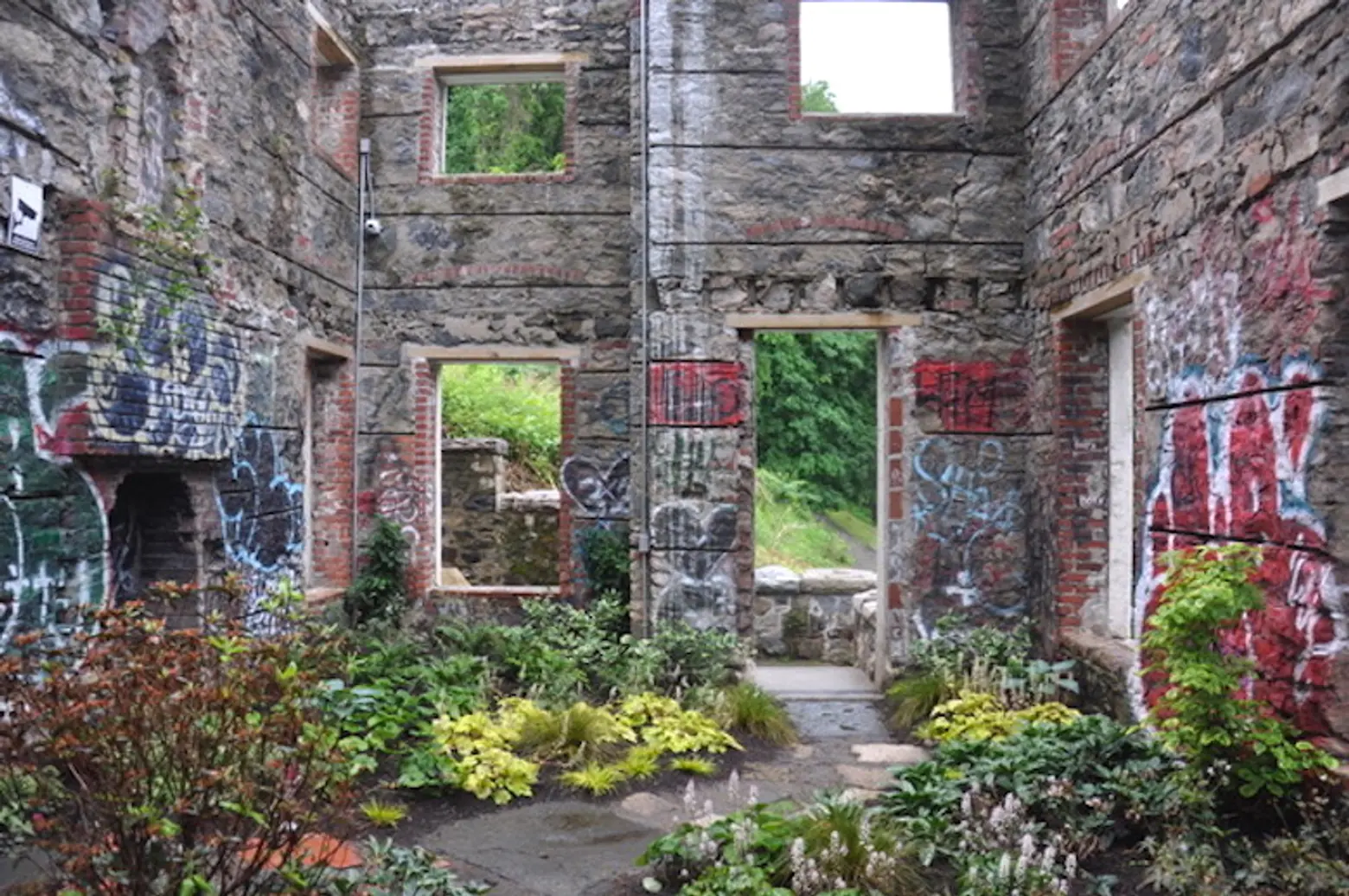
The Ruin Garden; Photo by Jessica Norman for the Untermyer Gardens Conservancy
Another unique part of the site includes the Ruin Garden, which is located in the former gatehouse by the Old Croton Aqueduct entrance and opened in 2019. Graffiti that was at the gatehouse, as well as the lion and unicorn sculptures, has been preserved and diverse shade plants and foliage planted.
While Untermyer had wished to give the country, the state, or the city of Yonkers his gardens when he died, the high cost of upkeep prevented any entity from actually overseeing them following his death in 1940.
While Yonkers finally accepted the public park as a gift in 1946, the lack of maintenance forced the park into disrepair, much of it becoming overgrown. In 1974, the park was added to the National Register of Historic Places, and since 2011, the Untermyer Gardens Conservancy has worked towards restoring the gardens back to their original breathtaking design.
The Untermyers Gardens are free and open to the public seven days a week, from 9 a.m. to one hour before sunset. No reservations are required. All unvaccinated visitors must wear masks.
Many events are offered throughout the week, including garden tours, sunset yoga, concerts and performances, storytime for children, and more. Learn more about the programming offered here.
Editor’s note: An earlier version of this story was published on August 2, 2017, and has since been updated.
RELATED:
